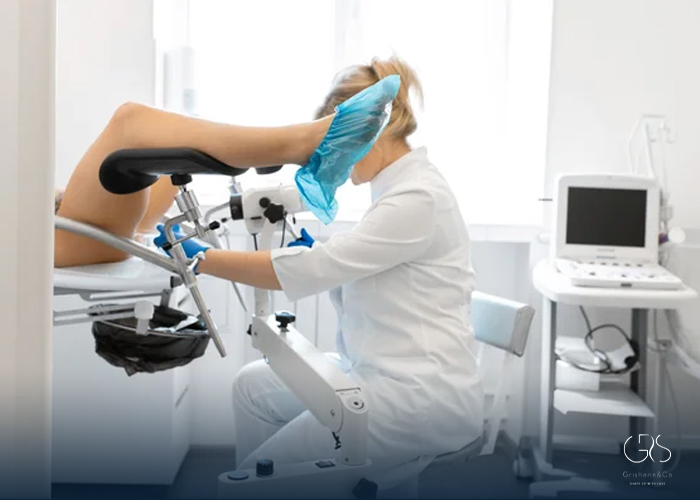A pelvic exam is a vital aspect of a woman’s healthcare routine, typically recommended for individuals beginning at the age of 21 or when they become sexually active. Despite its importance, many individuals may find pelvic exams intimidating or uncomfortable. Educating oneself on what to expect during a pelvic exam can help alleviate anxiety and ensure a positive and empowering experience.
What is a Pelvic Exam?
A pelvic exam involves a healthcare provider examining a woman’s reproductive organs, including the vagina, cervix, uterus, fallopian tubes, and ovaries. The exam is typically performed in a healthcare provider’s office and includes both external and internal components.

What to Expect During a Pelvic Exam
- Preparation: Before the exam, it is essential to communicate any concerns or fears with the healthcare provider. Comfortable clothing and relaxation techniques can also help ease anxiety.
- External Exam: The healthcare provider will start by examining the external genitalia for any abnormalities or signs of infection. This part of the exam is generally brief and involves the provider examining the external genital area for any unusual changes or discomfort.
- Internal Exam: The healthcare provider will then perform the internal exam, which involves the insertion of a speculum into the vagina to visualize the cervix. Using a lubricated, gloved finger, the provider will gently palpate the pelvic organs to check for any abnormalities, tenderness, or signs of infection.
- Pap Smear (as applicable): In conjunction with the pelvic exam, the healthcare provider may perform a Pap smear to screen for cervical cancer or human papillomavirus (HPV).
(I highly recommend checking out my article that discusses the importance of the HPV vaccine for adults.)
Effective Practices for Ensuring Comfort and Support

- Open Communication: Healthcare providers should prioritize open and clear communication with their patients throughout the exam, explaining each step and addressing any concerns.
- Respecting Autonomy: It is crucial for healthcare providers to respect a patient’s autonomy and obtain informed consent before proceeding with any part of the exam.
- Cultural Sensitivity: Understanding the diverse cultural backgrounds of patients is essential to provide sensitive and respectful care during pelvic exams.
Statistics and Diverse Perspectives
According to the American College of Obstetricians and Gynecologists (ACOG), approximately 75% of women in the United States have had a pelvic exam within the past year for routine screenings and healthcare maintenance. However, it is important to recognize that certain cultural, religious, or personal factors may influence an individual’s comfort level and willingness to undergo a pelvic exam.
In a study published in the Journal of Women’s Health, researchers found that women from marginalized communities may encounter additional barriers to accessing and feeling comfortable during pelvic exams. It is crucial for healthcare providers to acknowledge these disparities and implement strategies to ensure equitable and respectful care for all patients.
Conclusion
Understanding what to expect during a pelvic exam and advocating for personalized, empathetic care are crucial components of promoting women’s health and well-being. Engaging in open communication with healthcare providers, seeking information, and preparing psychologically can empower individuals to approach pelvic exams with confidence, ultimately supporting their overall health.










